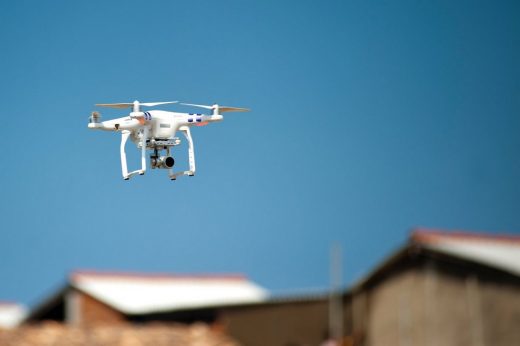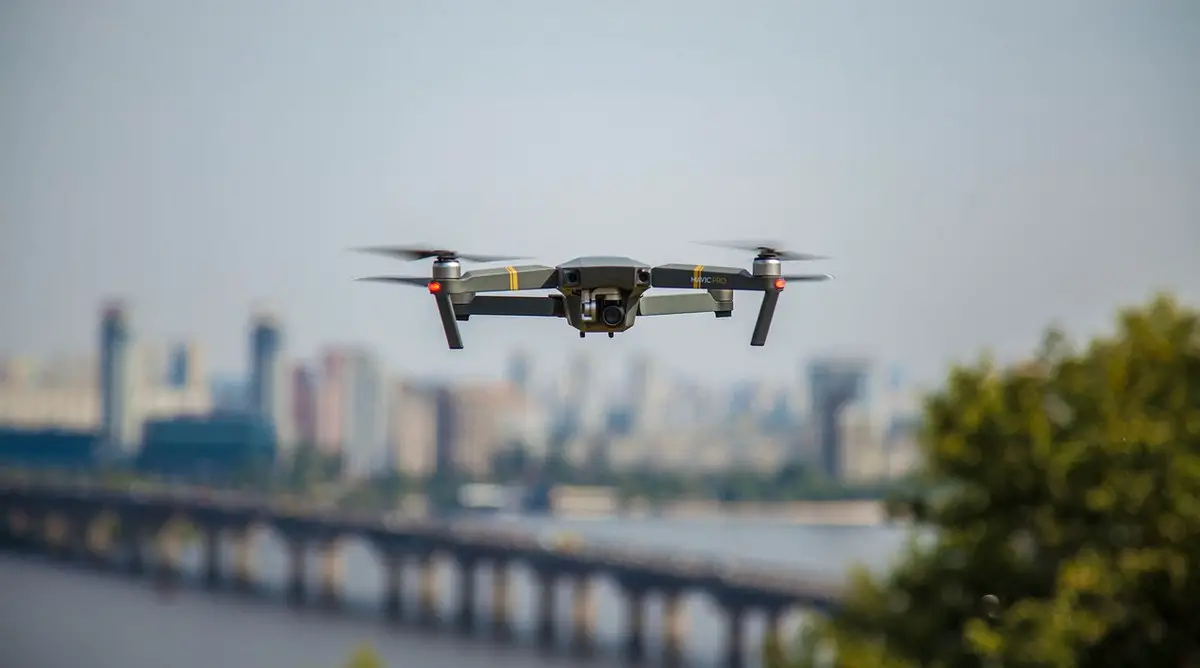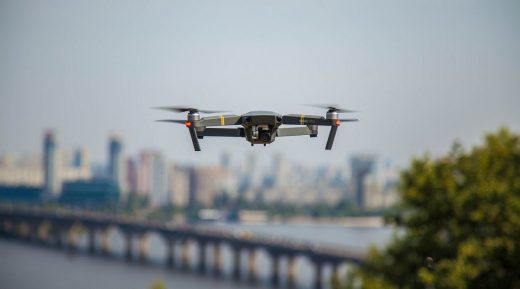Drones as digital construction assistants, Building aerial photos, Future property film flying camera
The Future of Construction: Drones as Digital Construction Assistants
24 July 2024
The construction industry has been a key part of economic development, employing millions and building the infrastructure of communities around the world. Over the years, technology has continually changed how construction projects are done. Today, one of the biggest technological changes is the use of drones. These aerial devices are improving efficiency and accuracy, and transforming site surveys, project management, and safety protocols. Understanding their growing role is important for anyone involved in this industry.
This article explores how drone services are transforming construction. We discuss how drones improve site surveys with high-resolution images and 3D mapping for better planning. We also cover how real-time data helps project managers monitor progress and enhance safety, and how they reduce labor hours and optimize resources, making construction more cost-efficient. Finally, we examine future innovations and potential challenges—technical, regulatory, and operational—that the industry may face.
Enhanced Site Surveys and Mapping
Drones are transforming site surveys and mapping by offering high-quality aerial images and advanced 3D mapping. These tools allow for very accurate site assessments, improving planning. Drones also cut down the time needed for initial site checks, letting project teams start sooner.
The detailed images from drones give a complete view of the site, spotting issues that might not be seen from the ground. This better information helps make smarter decisions, reducing costly delays and mistakes. Additionally, drones can quickly and accurately map large areas, making them essential for modern construction projects by streamlining operations and boosting efficiency.
Companies like using the DJI Matrice 30T to run inspections because it performs well in tough weather and captures thermal data alongside standard visuals. Its versatility makes it a top choice for firms looking to enhance project oversight without adding extra labour.
Improved Project Management and Monitoring
Using real-time data from drones, project managers can keep a close watch on construction progress, helping them make better decisions. This makes managing resources easier and ensures projects stay on schedule. With continuous updates, managers can quickly adjust plans to address new issues, avoiding expensive delays.
The ability to see the site from various angles provides more detail than traditional methods, allowing for more accurate and efficient resource allocation. As a result, drone technology not only improves tracking accuracy but also boosts overall project efficiency and control.
Safety and Risk Mitigation
In job site safety, drones are making big improvements by handling dangerous inspections and reaching areas hard for human workers to access. This flexibility lowers the chance of accidents, making sites safer overall. By keeping workers out of hazardous places, drones serve as proactive safety tools.
Whether checking high structures, managing tight spaces, or surveying unstable ground, these flying devices can do tasks that would otherwise be very risky for people. Additionally, drones can collect detailed visual data, allowing for thorough inspections without putting anyone in danger. This capability to perform safe and detailed inspections is a major step forward in preventing workplace accidents and ensuring a safer construction environment.
Cost Efficiency and Resource Optimization
Using drones in construction can save money by reducing labor hours and minimizing human errors. These tools provide accurate measurements, helping to optimize material use, prevent waste, and allocate resources efficiently. By taking on tasks that usually require more time and workers, drones help manage project budgets better, leading to a more efficient operation. This not only cuts costs but also speeds up project delivery with greater accuracy.
The financial benefits are clear: drones can lower overheads while improving the quality and speed of construction projects. In a competitive industry, such cost savings can give companies a significant advantage, making drones essential for modern construction.
Future Innovations and Potential Challenges
As drone technology improves, exciting new developments are expected to offer more precision, efficiency, and versatility in construction. We may see drones with better AI for predictive analytics, making project management more proactive. New sensor technologies could provide more detailed environmental data, improving site assessments and monitoring.
However, these advancements come with challenges. Managing complex airspace regulations can delay deployment, and there’s a growing need for skilled operators to manage and interpret drone data. This lack of expertise could slow industry adoption, highlighting the need for ongoing training and education.
Drones are revolutionizing the construction industry by enhancing site surveys, improving project management, and increasing safety on job sites. Their ability to capture high-resolution images and 3D mapping data helps in accurate planning and efficient resource allocation. Real-time data collection aids project managers in monitoring progress and making informed decisions, while also reducing risks by handling hazardous inspections. Cost efficiency and resource optimization are significant benefits, making drones indispensable in modern construction. As technology advances, the industry must balance innovation with regulatory compliance and skill development to fully harness the potential of drones.
Comments on this Drones as digital construction assistants advice – building flying camera films article page are welcome.
Drones
Drone Posts
How architects capture work using drones
Enhancing property maintenance with drone inspections
How architects capture their work using drones

Ultimate Guide For Your Kleiner Drohnenführerschein Online
Buildings
Contemporary Architectural Designs Articles
Comments / photos for the Drones as digital construction assistants – property flying camera page welcome.






